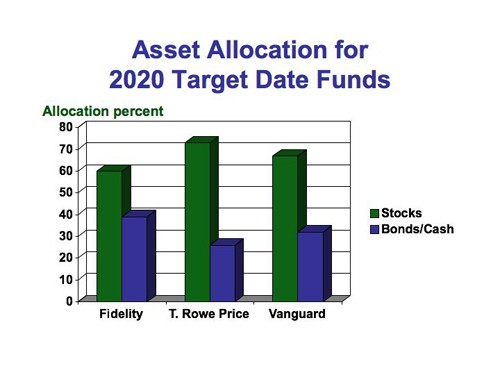Asset Allocation My Grandfather Had It Right CBS News
Post on: 10 Июль, 2015 No Comment

Last Updated Feb 12, 2010 9:48 AM EST
Invest money you can’t afford to lose in bonds and cash, but invest in stocks only money you can afford to lose 50 percent or more of. This was one of the investing lessons taught to me by my grandfather, pictured here, who was a stockbroker during the Great Depression. These lessons apply very well to the most recent meltdown—and most likely will continue to apply as we all attempt to protect our retirement nest eggs from future meltdowns.
I’ve combined my grandfather’s advice with my years of actuarial experience and research on investing to develop the following guidelines regarding asset allocation for our retirement savings:
People in their mid-50s and beyond should consider investing no more than two-thirds of their retirement savings in the stock market—to protect against market losses—and no less than one-third of their nest egg in the stock market—to protect against future inflation.
Where you fall in this range depends on your tolerance for risk and the amounts of other retirement income you have that aren’t susceptible to market fluctuations, such as Social Security, pensions, and payout annuities.
How Would You Have Fared in the Meltdown?

Let’s see what would have happened if you had followed these guidelines for your retirement nest egg during the recent crash and subsequent recovery. I looked at several Vanguard funds because they’re widely used and their investment return history is readily available on the Internet. The guidelines stated above are well represented by the Vanguard Wellington fund (about two-thirds of its assets are invested in the stock market), and the Vanguard Wellesley Income fund (a little more than one-third of its assets are invested in equities). I’ve included other funds for comparison purposes.
First, let’s look at the dollar amount of gains or losses returns during 2008 for these funds. Once again, I’m following my grandfather’s advice about deciding how much risk I can tolerate. Don’t look simply at percent returns. Instead, ask yourself how much money you can afford to lose.
For instance, suppose you had invested $100,000 in each of the following Vanguard funds at the beginning of 2008. Could you afford to lose these amounts?














